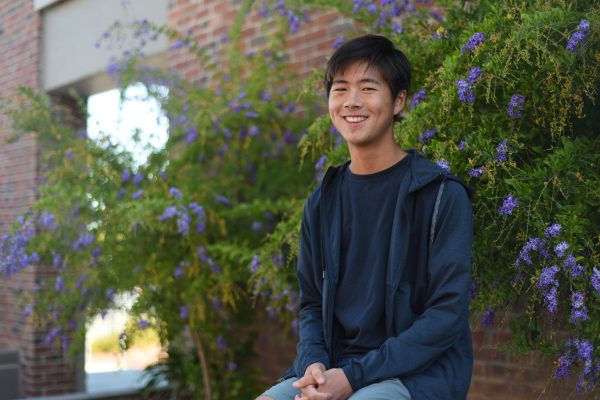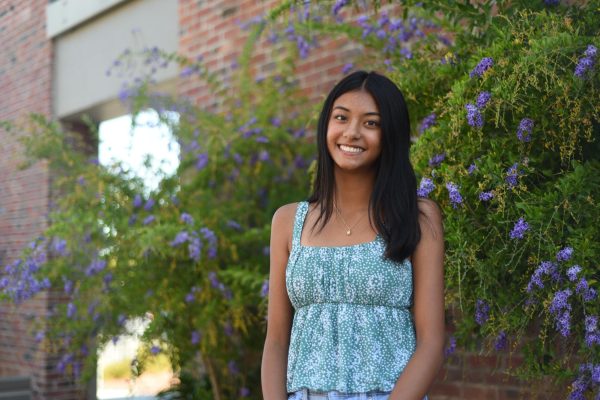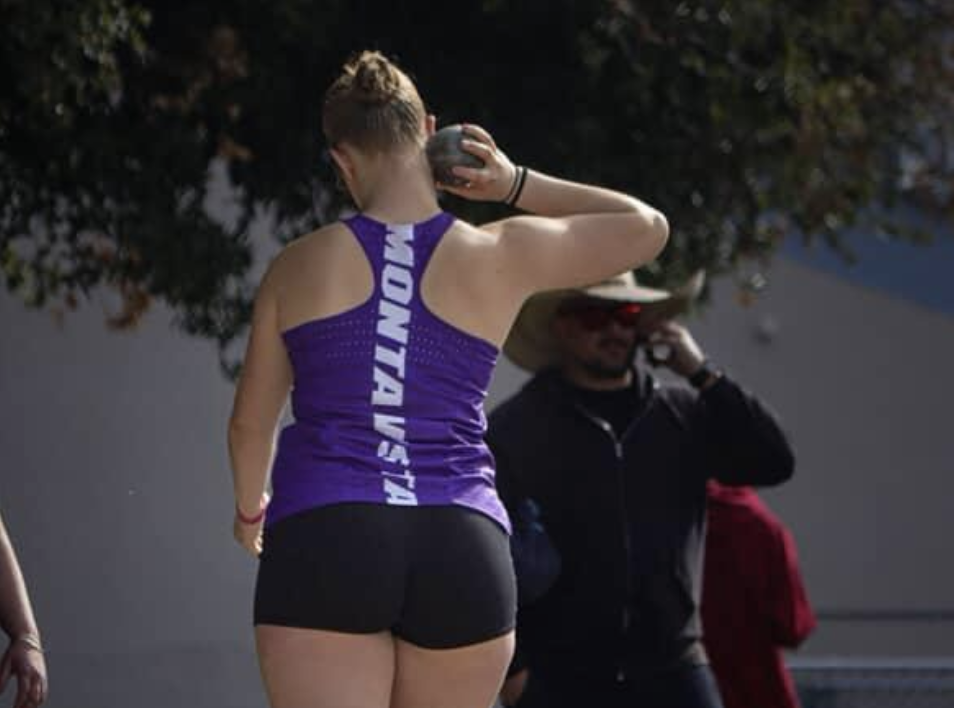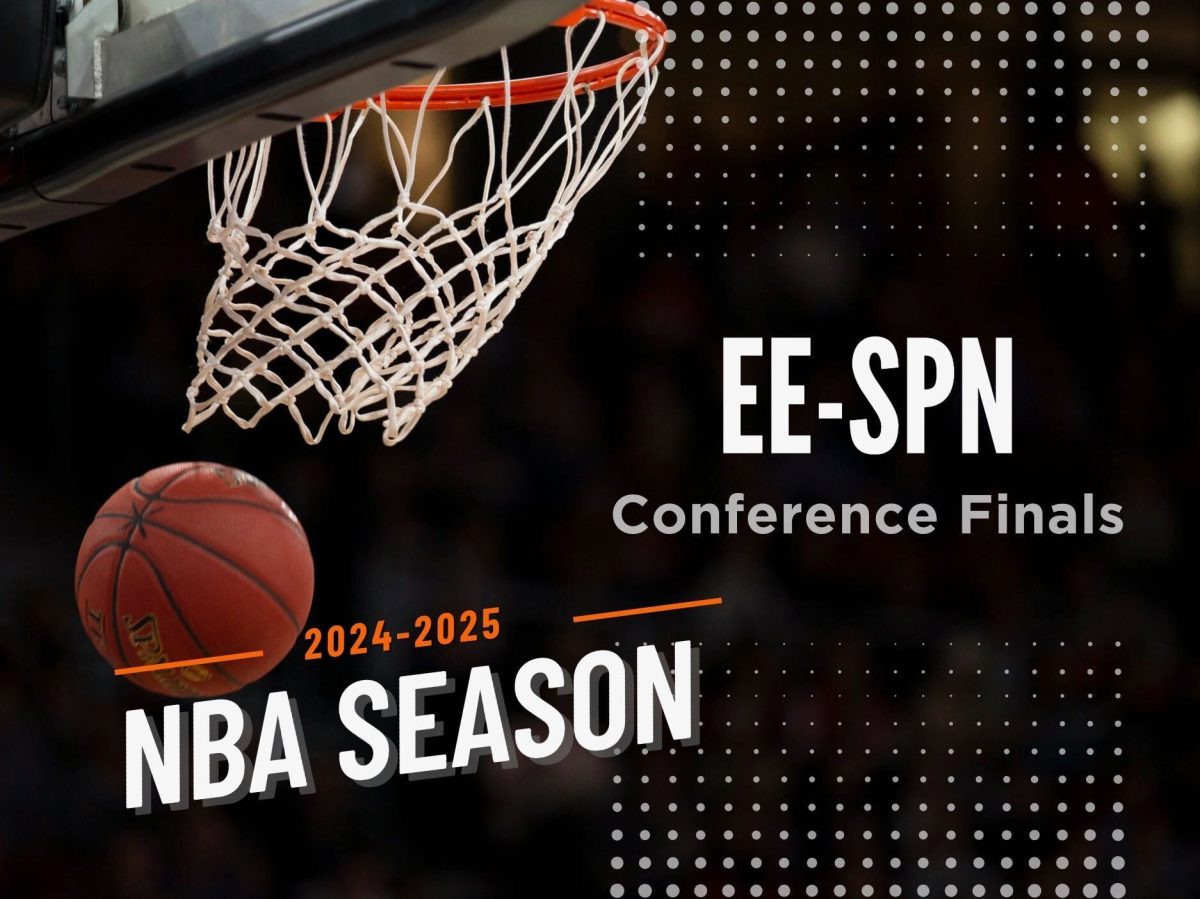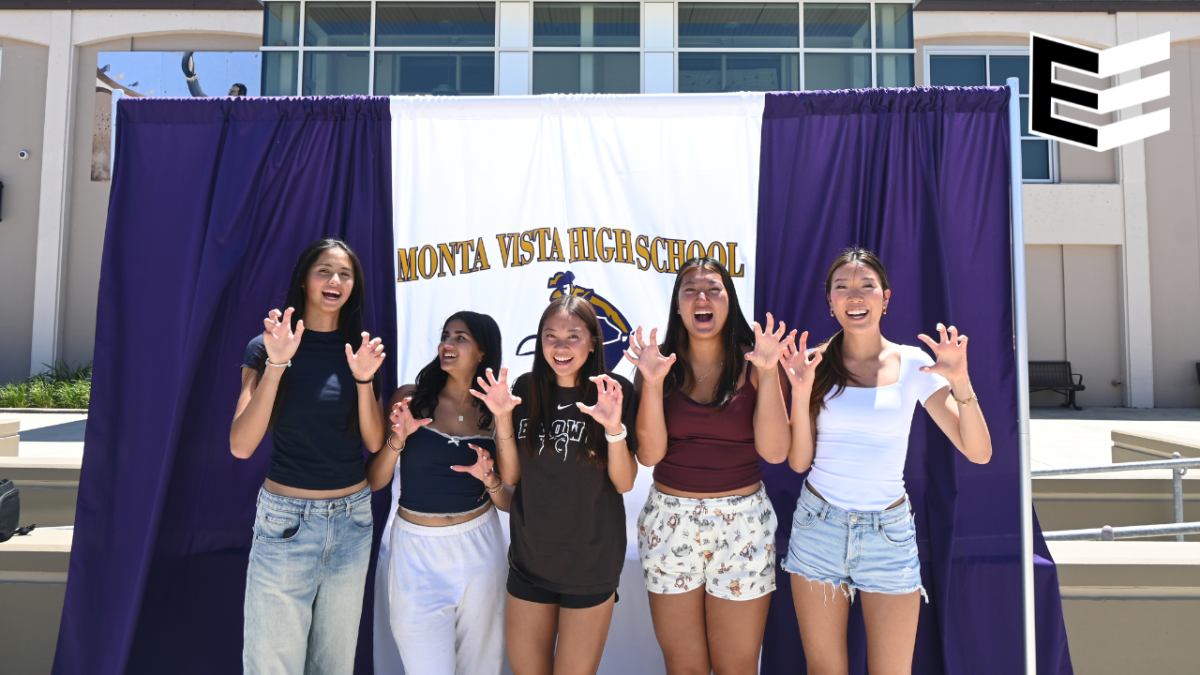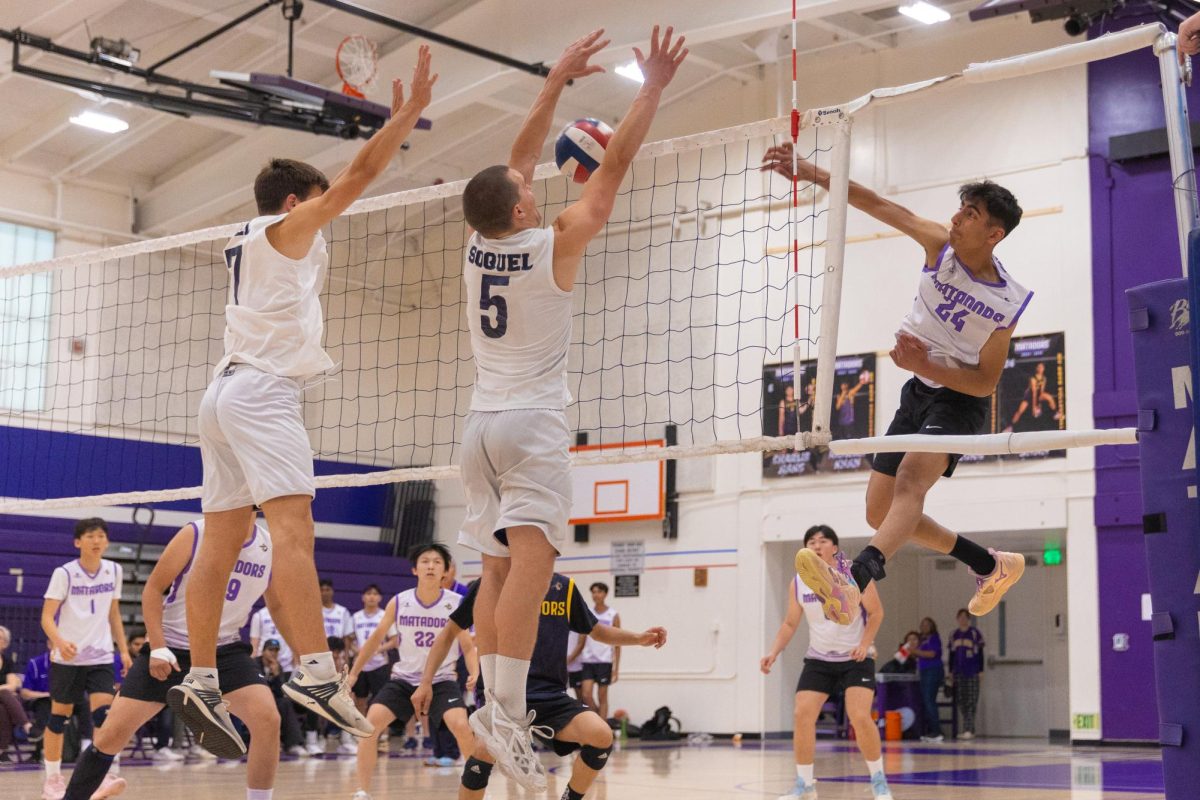Every March, Algebra 2 teacher Mia Onodera dedicates a portion of class time to teaching students about March Madness, the annual NCAA Division I collegiate basketball tournament. She instructs students to fill out a bracket and research specific schools in the tournament with the end goal of broadening students’ college options.
As an alumni of the University of Arizona, Onodera recalls watching her school’s basketball team grow stronger and achieve greater success as she progressed through college. This led her to continue following college basketball, specifically March Madness, when she started teaching. Onodera began integrating the event into her lessons to highlight certain algebraic rules.
“I followed March Madness through college, and then I was teaching middle school math afterward,” Onodera said. “Teaching powers of two — figuring out how many games are played at a certain level and how the bracket ends up being an even number — fit perfectly. That’s kind of how it started.”

Onodera notes that over the years, her students have become less engaged with the March Madness activities in class. She believes this is because there are so few students who even know what March Madness is, likely because of the influence of their parents and the evolution of office culture.
“Ten years ago, a lot of parents were involved in the office pool, so if the parents didn’t know what it was, at least they heard it through the office,” Onodera said. “But now that so many parents don’t even go into the office, I’m sure parents don’t know, so then it doesn’t filter down to the kids. That could be one of the reasons why so few students even have any idea what it is.”
As a basketball fan and follower of March Madness herself, sophomore Rachel Bergendahl, a student of Onodera, recalls being surprised by how few students in her class knew what March Madness was. According to Bergendal, she was one of only four students who had prior knowledge regarding the tournament.
Due to the lack of enthusiasm, Onodera has shifted the focus of the activities towards encouraging her students to research colleges they might not have heard of before. She has her students log into Naviance and look at a variety of different schools.
“The last couple years, I’ve really focused on, ‘Let’s look at some schools you’ve never heard of,’” Onodera said. “‘Let’s focus on why we do not apply to those schools and why we have never heard of those schools.”
As a former student and current TA for Onodera, junior Skyler Wong has observed over the last two school years that not all of Onodera’s students, including himself, engage with the basketball element of the activities. However, he acknowledges that he was still able to learn valuable, new information.
“We learned about the acceptance rates in the colleges and different options you can choose from aside from the more obvious and popular ones,” Wong said. “I think it gives me more options to think about rather than the typical ones.”
Bergendahl agrees with Wong, saying that this activity has helped both her and the rest of the class expand their knowledge of different colleges. Especially at MVHS, where the short list of popular colleges can be limited to UCs, Ivy League schools and other private schools, she believes it is helpful for everyone to see the true scope of their college options.

“March Madness has a good variation of the teams that are in it,” Bergendahl said. “There are teams from different places and a lot of different school sizes, also private and public schools. So it’s really good to broaden your perspective and view all the schools.”
Bergendahl says that despite the fact that most students aren’t as particularly interested in basketball as she is, it is still a valuable activity for the class. She explains how she has been able to connect with more of her classmates.
“I think it helps create bonds outside of math, because sometimes, in class, it’s hard to build bonds with people when you’re only doing math or science,” Bergendahl said. “So getting to know people outside of subjects can help build better relationships.”





